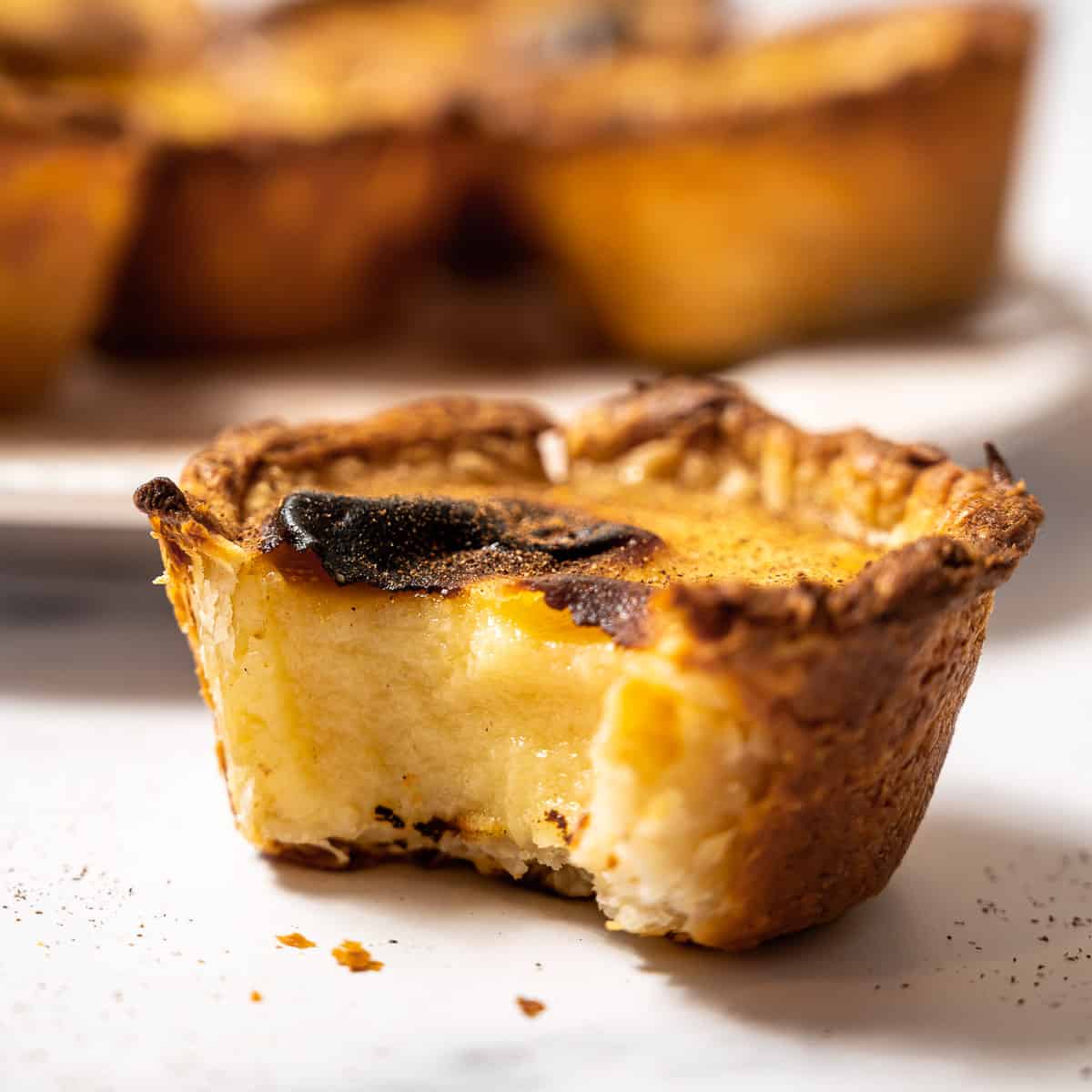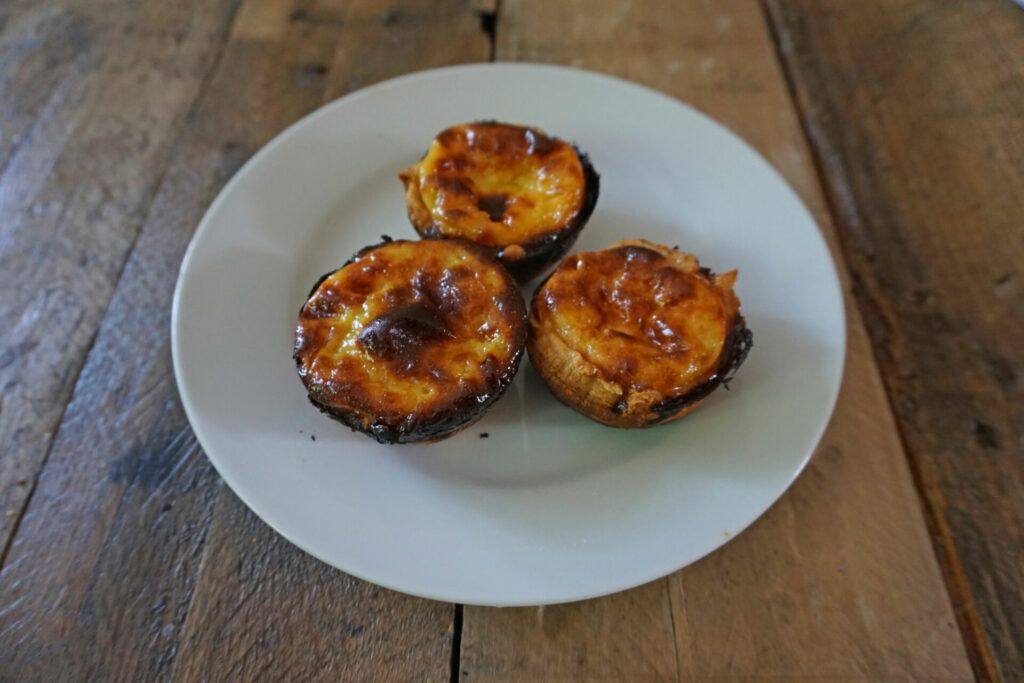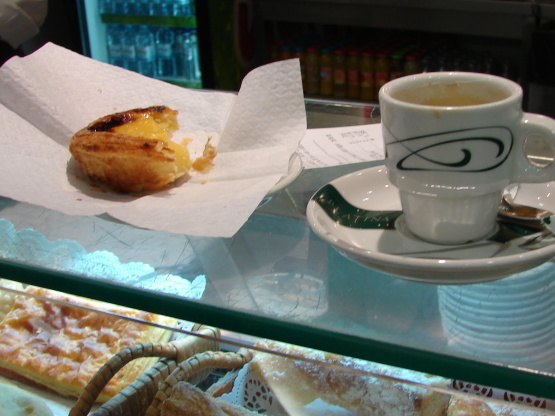Pastel de nata
pasteis de nata, pastéis de nata, torta de nata
Pastel de nata is a Portuguese egg custard tart pastry, optionally dusted with cinnamon. Outside Portugal, they are particularly popular in other parts of Western Europe, Asia and former Portuguese colonies, such as Brazil, Mozambique, Macau, Goa and East Timor. The Macanese variant has been adopted by KFC and is available in regions such as mainland China, Hong Kong, Taiwan, Thailand and Singapore. In Indonesia, this pastry is especially popular in Kampung Tugu, Jakarta, a culturally Portuguese (Mardijker) enclave. Pastéis de nata tarts are pastries inspired by an original recipe called Pastéis de Belém, which were created before the 18th century by Catholic monks at the Jerónimos Monastery in the civil parish of Saint Mary of Bethlehem, in Lisbon. At the time, convents and monasteries used large quantities of egg-whites for starching clothes, such as friars and nuns' religious habits. It was quite common for monasteries and convents to use the leftover egg yolks to make cakes and pastries, resulting in the proliferation of sweet pastry recipes throughout the country.
Source: Wikipedia

:max_bytes(150000):strip_icc()/269064_Portuguese-Custardtarts-mfs-1X2--54000bac71ac4396bdf1b64a152fc76a.jpg)




